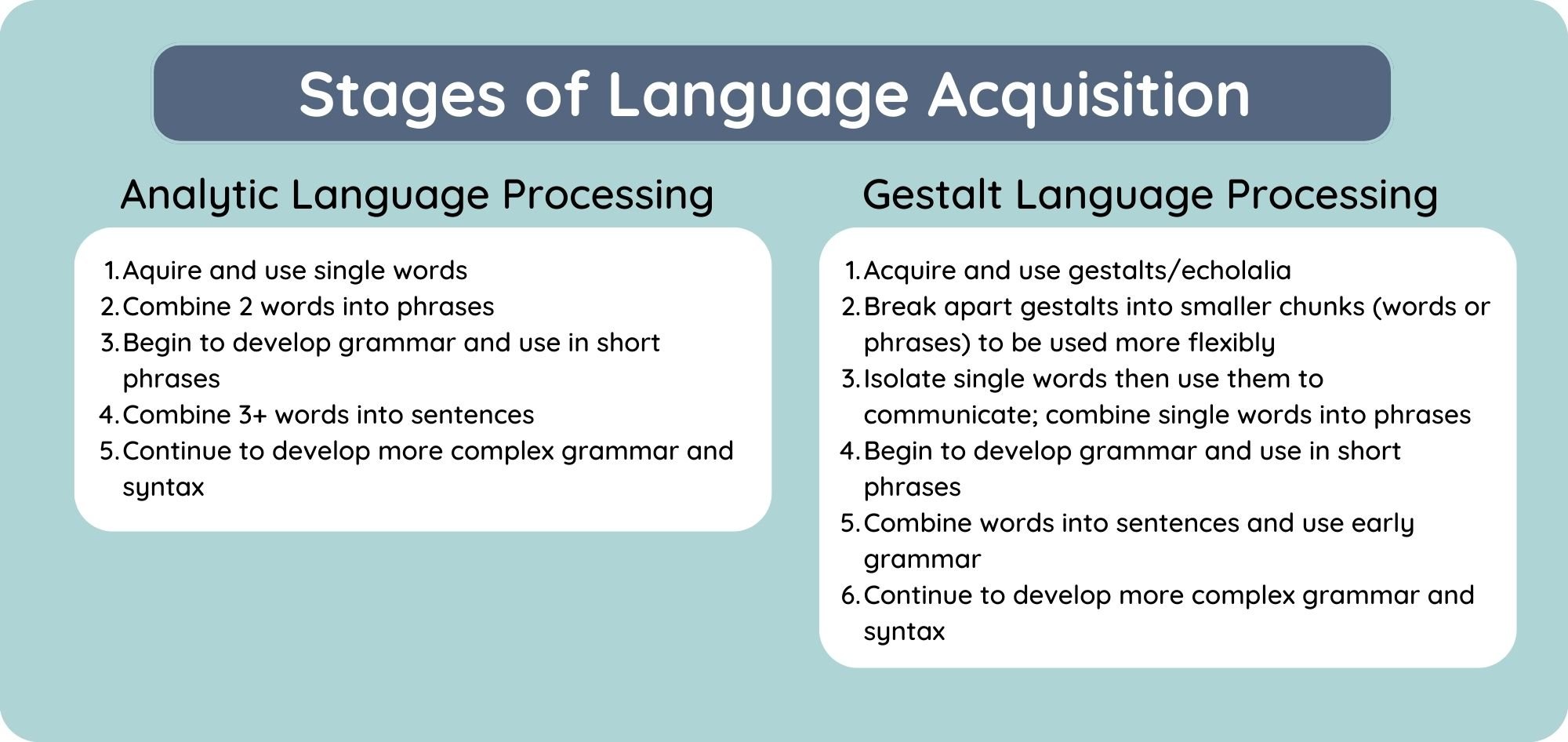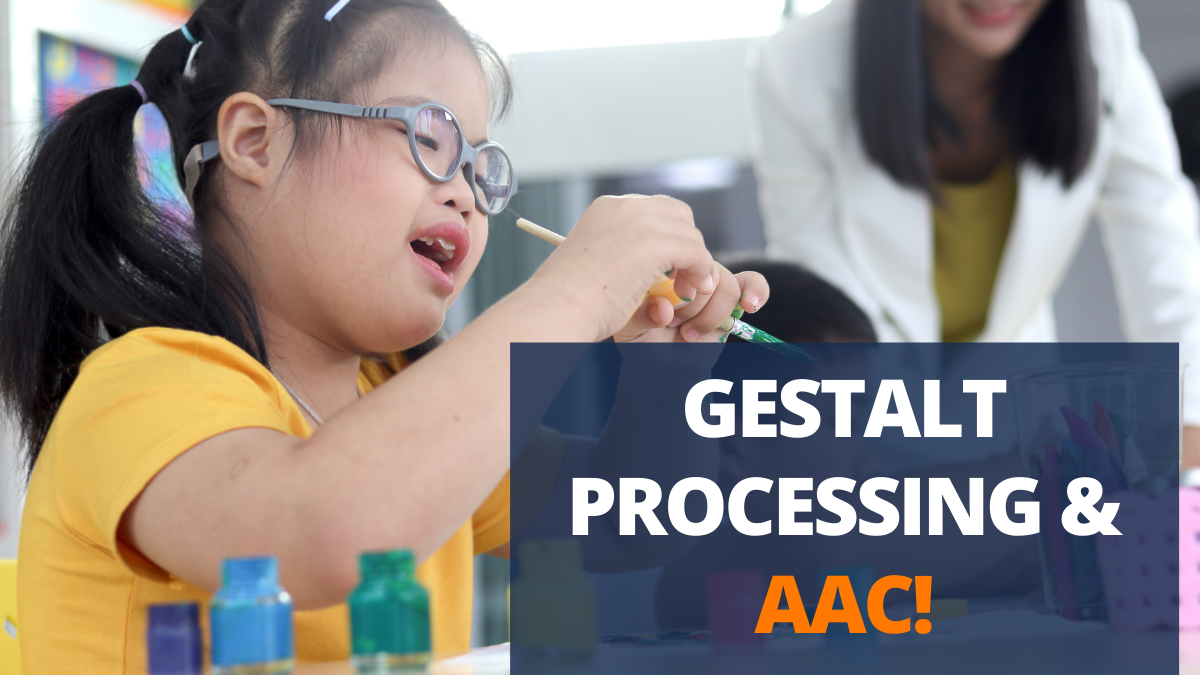Gestalt language processing, a groundbreaking approach in natural language processing (NLP), emerges as a powerful tool for understanding the intricate relationship between language and perception. This captivating field harnesses the principles of Gestalt psychology, which emphasizes the organization and structuring of elements into meaningful wholes, to revolutionize our comprehension of human language and its processing.
By delving into the fundamental principles, applications, challenges, evaluation, and recent advancements of Gestalt language processing, this comprehensive guide unveils the potential of this transformative approach. We explore how Gestalt principles illuminate language processing, empowering us to unravel the complexities of machine translation, text summarization, and information retrieval.
Gestalt Language Processing Overview

Gestalt language processing is a cognitive approach to language processing that emphasizes the importance of context and the whole over the sum of its parts. Gestalt principles are applied in language processing to understand how we perceive and interpret language as a whole, rather than as a collection of individual words or sentences.
Principles of Gestalt Language Processing
- The principle of Prägnanzstates that we tend to perceive objects in the simplest and most regular way possible. In language processing, this means that we tend to group words and sentences together into meaningful units, such as phrases and clauses.
- The principle of similaritystates that we tend to group together objects that are similar in appearance or meaning. In language processing, this means that we tend to group together words that are similar in sound or meaning, such as synonyms or antonyms.
- The principle of proximitystates that we tend to group together objects that are close together in space or time. In language processing, this means that we tend to group together words that are close together in a sentence or paragraph.
- The principle of closurestates that we tend to fill in gaps in our perception to create a complete object. In language processing, this means that we tend to fill in missing words or phrases to make a sentence or paragraph more meaningful.
Advantages of Gestalt Language Processing
- Gestalt language processing can help us to understand how we perceive and interpret language as a whole.
- Gestalt language processing can be used to develop more effective language learning and teaching methods.
- Gestalt language processing can be used to improve the accuracy of natural language processing systems.
Limitations of Gestalt Language Processing
- Gestalt language processing can be computationally expensive.
- Gestalt language processing can be difficult to apply to languages that do not have a clear word order.
- Gestalt language processing can be difficult to apply to languages that have a lot of homonyms and synonyms.
Applications of Gestalt Language Processing
Gestalt language processing finds numerous applications in natural language processing (NLP). Its holistic approach allows for a deeper understanding of text, enhancing the performance of various NLP tasks.
Machine Translation
In machine translation, Gestalt language processing helps capture the context and relationships within the source text. By considering the text as a whole, it can produce more accurate and fluent translations that preserve the meaning and tone of the original text.
Text Summarization
Gestalt language processing aids in identifying key concepts and extracting relevant information from text. This enables the creation of concise and informative summaries that capture the gist of the original document.
Information Retrieval
Gestalt language processing enhances information retrieval by understanding the context and relationships within search queries. It can identify the user’s intent and retrieve relevant documents that align with the overall meaning of the query.
Potential Future Applications
The applications of Gestalt language processing are constantly expanding, with promising potential in areas such as:
- Question Answering: Providing comprehensive and accurate answers to complex questions by leveraging contextual understanding.
- Sentiment Analysis: Determining the emotional tone and sentiment expressed in text, considering the overall context and relationships.
- Conversational AI: Enabling more natural and human-like interactions between users and AI systems by understanding the context and intent of user utterances.
Challenges in Gestalt Language Processing
Gestalt language processing (GLP) poses unique challenges due to its holistic and context-dependent approach. Implementing GLP algorithms requires addressing computational complexity, data requirements, and developing techniques to overcome these obstacles.
Computational Complexity
GLP algorithms are computationally intensive due to the need to process large amounts of data and perform complex operations. The holistic nature of GLP requires considering the entire context, which increases the computational burden.
Data Requirements
GLP algorithms require extensive training data to learn the complex relationships between words and their context. The data should be representative of the target language and domain, which can be challenging to obtain.
Techniques for Overcoming Challenges, Gestalt language processing
- Approximation Algorithms:Approximate algorithms can be used to reduce the computational complexity of GLP algorithms by sacrificing some accuracy.
- Parallel Processing:Parallel processing techniques can be employed to distribute the computational load across multiple processors, reducing the overall processing time.
- Unsupervised Learning:Unsupervised learning techniques can be used to extract meaningful patterns from unlabeled data, reducing the need for extensive training data.
Evaluation of Gestalt Language Processing Systems

Evaluating the performance of Gestalt language processing systems is crucial to assess their effectiveness and identify areas for improvement. Various metrics and methodologies can be employed to conduct thorough evaluations.
Design Metrics
Defining appropriate design metrics is essential for evaluating Gestalt language processing systems. These metrics should measure the system’s ability to capture the gestalt properties of language, such as cohesion, coherence, and context-dependency.
- Cohesion:Metrics that measure the degree to which the elements of a text are connected and form a coherent whole.
- Coherence:Metrics that assess the extent to which the text makes sense and conveys a clear message.
- Context-dependency:Metrics that evaluate the system’s ability to handle the influence of context on word meaning and sentence interpretation.
Experimental Comparison
To compare the effectiveness of different Gestalt language processing approaches, controlled experiments can be conducted. These experiments should involve:
- Defining a common task:Identifying a specific task that all approaches will be evaluated on, ensuring a fair comparison.
- Establishing a baseline:Setting a benchmark against which the performance of different approaches can be measured.
- Controlling variables:Ensuring that all other factors that could influence the results are kept constant, such as the dataset used and the computational resources allocated.
Analysis and Conclusions
The results of the experiments should be carefully analyzed to identify the strengths and weaknesses of each Gestalt language processing approach. This analysis should consider:
- Performance metrics:The quantitative measures used to evaluate the systems’ performance.
- Qualitative observations:Subjective assessments of the systems’ output, such as its naturalness and interpretability.
- Computational efficiency:The time and resources required by the systems to process the input data.
Based on this analysis, conclusions can be drawn about the relative effectiveness of different Gestalt language processing approaches and their suitability for specific applications.
Recent Advancements in Gestalt Language Processing

In recent years, Gestalt language processing (GLP) has made significant strides, driven by advancements in machine learning, natural language processing (NLP), and cognitive science. These advancements have led to the development of more sophisticated GLP models capable of capturing the holistic and contextual nature of language.
One notable trend in GLP research is the increasing use of deep learning techniques. Deep learning models, such as transformers and recurrent neural networks (RNNs), have demonstrated exceptional performance in various NLP tasks, including language modeling, machine translation, and text classification.
By leveraging these powerful models, GLP researchers can develop more accurate and robust systems that can handle complex and ambiguous language.
Emergence of Cognitive Architectures
Another important advancement in GLP is the emergence of cognitive architectures. Cognitive architectures are computational models that simulate the cognitive processes of the human mind. By integrating GLP with cognitive architectures, researchers can develop systems that not only understand language but also reason, learn, and interact with the world in a more human-like manner.
Cross-Modal Integration
Cross-modal integration is another promising area of research in GLP. By combining information from multiple modalities, such as text, speech, and images, GLP systems can gain a more comprehensive understanding of the world and make more accurate predictions. For example, a GLP system that integrates text and speech data can better understand the sentiment and tone of a conversation.
Impact on NLP Applications
The advancements in GLP are having a significant impact on the development of NLP applications. For instance, GLP-based chatbots can now engage in more natural and coherent conversations with users. GLP is also being used to develop more accurate and efficient machine translation systems, as well as systems for text summarization and question answering.
As GLP research continues to advance, we can expect to see even more innovative and groundbreaking applications of this technology in the years to come.
Ultimate Conclusion

As we stand on the cusp of a new era in NLP, Gestalt language processing stands poised to reshape our understanding of language and its processing. With its ability to capture the essence of human perception and cognition, this groundbreaking approach promises to unlock unprecedented possibilities in NLP applications.
From enhancing machine translation to revolutionizing text summarization and information retrieval, Gestalt language processing stands as a beacon of innovation, guiding us towards a future where language and technology converge in harmony.
FAQ Corner
What are the fundamental principles of Gestalt language processing?
Gestalt language processing is rooted in the principles of Gestalt psychology, which posit that the whole is greater than the sum of its parts. This approach emphasizes the organization and structuring of elements into meaningful wholes, recognizing the interconnectedness and interdependence of linguistic units.
How is Gestalt language processing applied in NLP tasks?
Gestalt language processing finds diverse applications in NLP tasks, including machine translation, text summarization, and information retrieval. By capturing the relationships between linguistic units, Gestalt-based approaches enhance the accuracy and coherence of machine translations, improve the conciseness and informativeness of text summaries, and facilitate more efficient and relevant information retrieval.
What are the advantages of using Gestalt language processing?
Gestalt language processing offers several advantages over traditional NLP approaches. It enables the modeling of complex linguistic phenomena, such as idioms and metaphors, which are often challenging for rule-based systems. Additionally, Gestalt-based approaches are less susceptible to noise and errors in the input data, making them more robust and reliable.
What are the challenges associated with Gestalt language processing?
Gestalt language processing faces certain challenges, including computational complexity and data requirements. Implementing Gestalt algorithms can be computationally intensive, especially for large datasets. Additionally, Gestalt-based approaches often require substantial training data to achieve optimal performance.
What are the future directions in Gestalt language processing research?
Gestalt language processing is a rapidly evolving field, with ongoing research exploring new directions. These include the development of more efficient algorithms, the integration of Gestalt principles with other NLP approaches, and the application of Gestalt language processing to emerging NLP domains, such as dialogue systems and question answering.